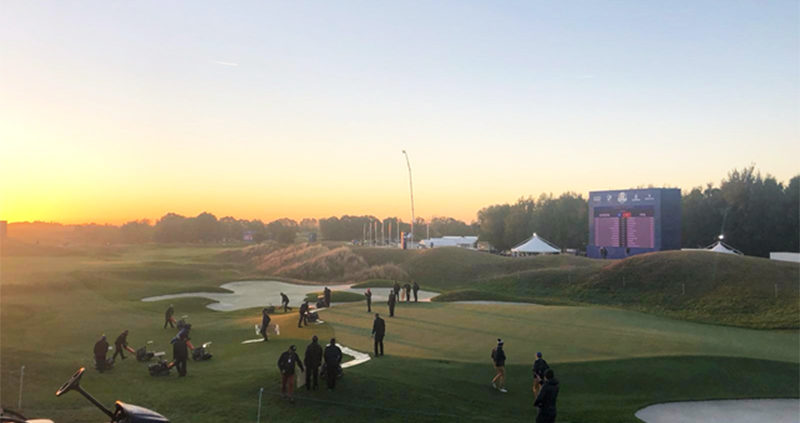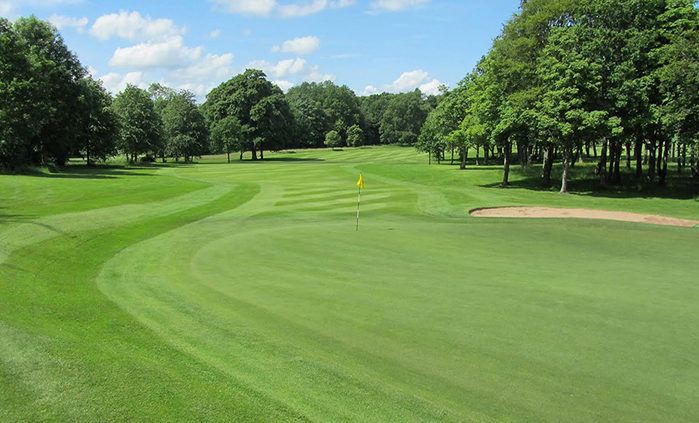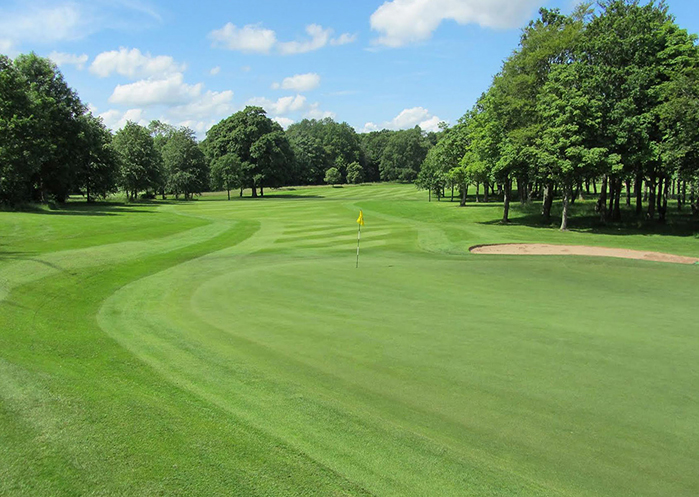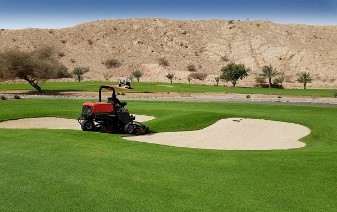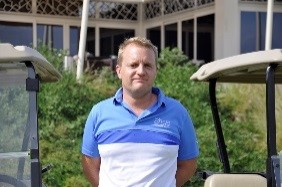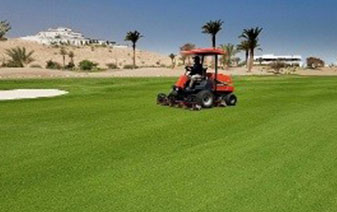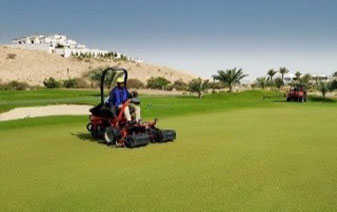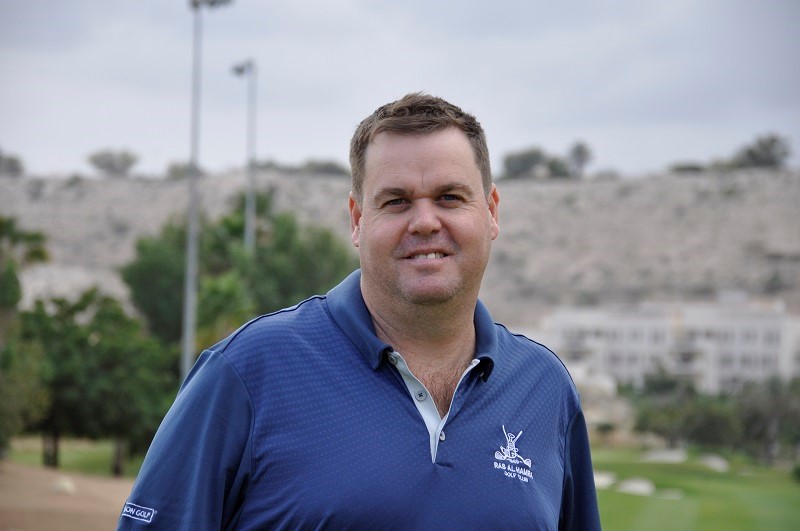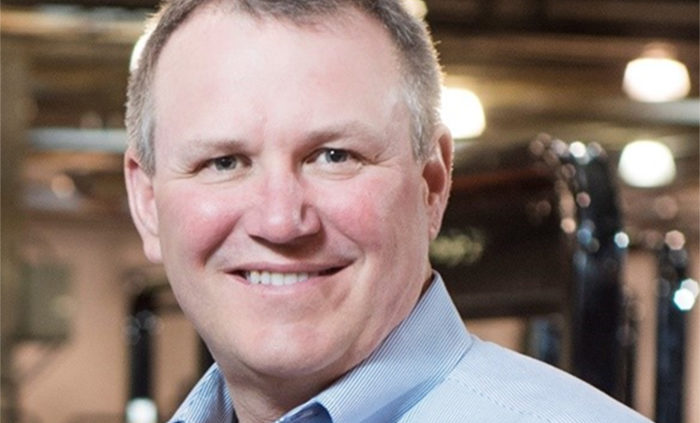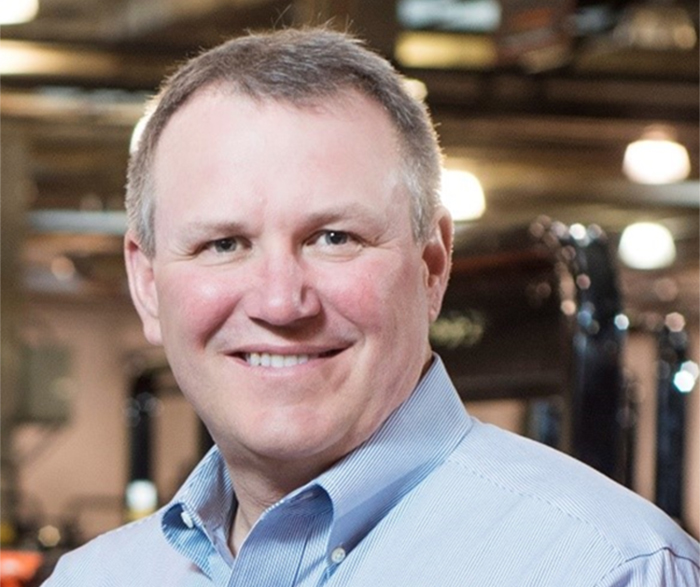Greenkeepers’ Acclaim For Meeting Ryder Cup Challenge
Greenkeepers’ Acclaim For Meeting Ryder Cup Challenge: For years the greenkeepers have remained the ‘unsung heroes’ behind tournaments and big events. For sure this year’s Ryder Cup coverage was focused on the players and the matches, but there has been far wider acknowledgement of Le Golf National as perfect hosts, and unprecedented praise for the role of the greenkeeping team.
During his opening speech, European Captain, Thomas Bjorn, singled out Alejandro Reyes, Golf Course and Estates Manager at Le Golf National, with appreciation for his pivotal contribution in crafting the course setup. In the final euphoria, Ian Poulter took the time from his jubilant celebrations personally to meet, greet and embrace the greenkeeping team on the 18th green.
This time, the European Tour created its own promotional video of what goes on for course preparation behind the scenes. Other broadcasters and media took advantage of a peak into life in the greenkeeping sheds, to show video footage of turf management practices and personal experiences from the Turf Team Challenge website.
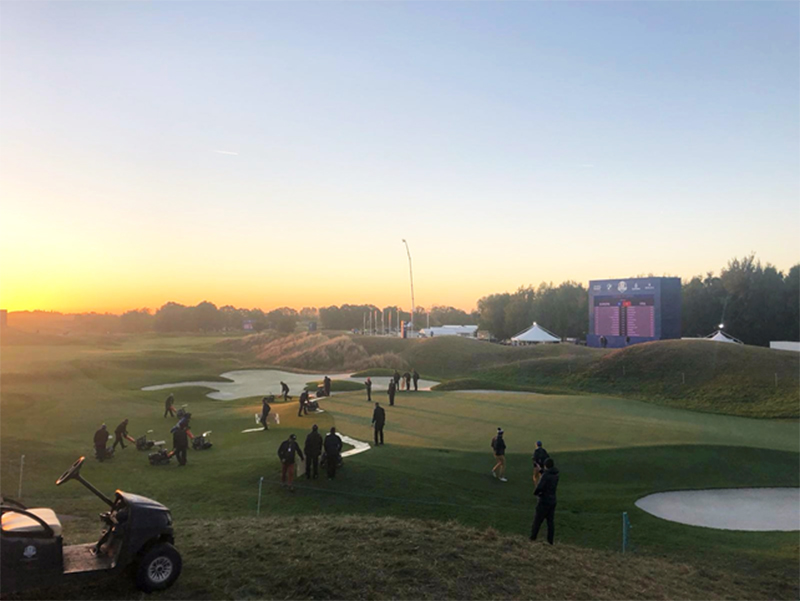
Syngenta’s Daniel Lightfoot, using his Master Greenkeeper experience gained as Course Manager of Bearwood Lakes Golf Club, spent a full week with the LGN greenkeeping team in its preparations and over the full tournament.
“It has been a fantastic experience, to share such an incredible week with so many highly talented and fully committed greenkeepers,” he said. “And it has been very welcome that all the work has been so widely appreciated.”
Daniel believes volunteering at Le Golf National has been an extremely valuable experience for greenkeepers’ personal and career development.
“You get to learn new skills and techniques from the best in the business – both the resident teams on the course and from the other volunteer greenkeepers involved. But equally valuable is learning to work as a team and the great comradery and friendships that develop from meeting the challenges of preparing and delivering a great tournament venue.”
And it doesn’t get any bigger or better than Le Golf National. Alejandro Reyes himself has been a keen volunteer at events across the world, citing it brings a new perspective for greenkeepers, and can be an inspiration to introduce new things on their own courses.
“For sure, I love to do tournaments! Between the European Tour and the PGA Tour, I’ve lost count of the number of tournaments I’ve worked on. And every time you work on one you see something different,” said Alejandro.
“You get a picture of something and think ‘ah, that could work on my course’ or ‘we could do it better if we did it like this’.
“I am incredibly grateful for all the courses and superintendents who gave me the opportunity to see what they did through volunteering, so it’s a chance to give something back.”
Alejandro acknowledged it’s an investment in time for greenkeepers to be away from the course. “But the experience that they bring back is extremely valuable. Also it’s good for the team to welcome other people and to share experiences.”
Kerr Rowan, Course Manager at Sand Golf Club, near Jonkoping in Sweden, pointed out his key learn from working at Le Golf National has been to focus on attention to detail. “I think we run at a pretty high standard, then you come here and you think, ‘No we don’t!’. Out there it’s fantastic, so for me it’s about being a little bit more switched on.”
If there is one thing he’ll take back on the turf quality, it would be the incredible density of the turf surfaces across the Le Golf National course. “I’m just amazed by it. They’ve really tuned in their fertiliser strategy and it’s got me thinking a lot about fertiliser, brushing and density and watering and thinking, how can I be as good as here, or at least as good as I can be for the resources I have?”
Improving turf density, smoothness and consistency for players has been the key driver for using Primo Maxx II for Tournament preparation at Le Golf National. The team pointed ut that players would experience the same playing conditions and pace in the morning, as the last players out in the afternoon.
Lucas Pierre, Alejandro’s right-hand man and Head Greenkeeper for the Albatros Course, also reported the difference with the fairways this year using Primo Maxx II, compared to last year without.
“When you were cutting the fairway every day, you had to empty the box every five minutes; this year, it’s like the guys are saying ‘you never empty the boxes’ it’s perfect for us.
“You save on time; the quality of cut is better; turf looks better; you have better roll. We have more consistency. It really helps.”
For Lucas, the relationship he has developed with Syngenta has been very important. “For us, this could be one of the successes of the Tournament,” he said.
Managing such a big greenkeeping team – of some 180 volunteers and course greens staff – has been a challenge in itself. Stefan Carter, Senior Greenkeeper at Wentworth, highlighted the atmosphere had been fantastic.
“There’s been a lot of people, putting a lot of hours in. It’s a great bunch of guys and women from around the world. We all shared stories and shared experiences, which has really made it a happy place.”
He welcomed the chance to see the range of jobs involved and the opportunity to do a bit of everything.
“!t’s the way that they refine every detail and the finishing touches that sets it apart. To be part of the biggest golf event in the world has just been so fantastic,” reported Stefan.
“The networking here can change your career; it’s not just one week’s work, it’s a potentially life changing opportunity.”
For Swedish greenkeeper and mechanic, Johan Olsson, the mantra learned at his Le Golf National time has been to ‘check, check and check again’, just to make sure everything is set up precisely and will work perfectly and consistently out on the course.
“Then, when they’ve finished the morning session, it’s check it all again, ready for the evening. It’s just been the biggest thing you can experience, as a greenkeeper or mechanic.
“Watching 180 guys move out in the morning; it’s unbelievable, and something I can really recommend,” he added.
Wendy O’Brien, Golf Course Superintendent at Jurmala Golf Club in Latvia, highlighted just how much fun the whole greenkeeping team had, but also the opportunities for seminars and career development, along with the chance to glean the knowledge of others.
“For example, I have capillary concrete in my bunkers back home, so it’s been great to talk to others about their experiences and how they best manage them.”
She welcomed the professionalism of all the greenkeepers and organisational staff that had ctively encouraged and integrated women working on the team throughout the preparations. “We are all used to working as a minority group, but to be treated exactly the same and given the same responsibilities and jobs for our skills alone has been a great experience,” added Wendy.
Chloe Gallagher, of Sunningdale Golf Club, concurred. “Being part of a team with a dozen or more women has been really different and a great experience.
“It’s a fantastic industry for women and it’s given a showcase for what we can achieve. In the future the industry is going to be equal across the board, which I think is really good.”
South Africa’s Leopard Creek Country Club Golf Course Superintendent, Neville Wenhold, found the whole process of handling the pressure of a big tournament fascinating.
“Alejandro has made it a lot easier for us because he’s so professional at what he does. He makes it clear what expects from the team. He prefers for us to make sure that we are doing the right thing, rather than just pushing, pushing, pushing and making a mess along the line.
“He’s the key to everyone doing such a good job. The standard out here has been unbelievable. I’m taking a lot back home; new ways of doing things. It’s been really good learning from these guys.”
The BBC on-line commentary team summed-up the team’s performance perfectly at the end of the event:
“As the sun sets on Le Golf National, the Ryder Cup organisers are getting the presentation ready on the 18th green. The greenkeeper must be having kittens.…” “He deserves a pint or 10. What a course it has been this week. I’d say it’s the best course I’ve ever seen in a Ryder Cup. Let’s get it back again asap.”

